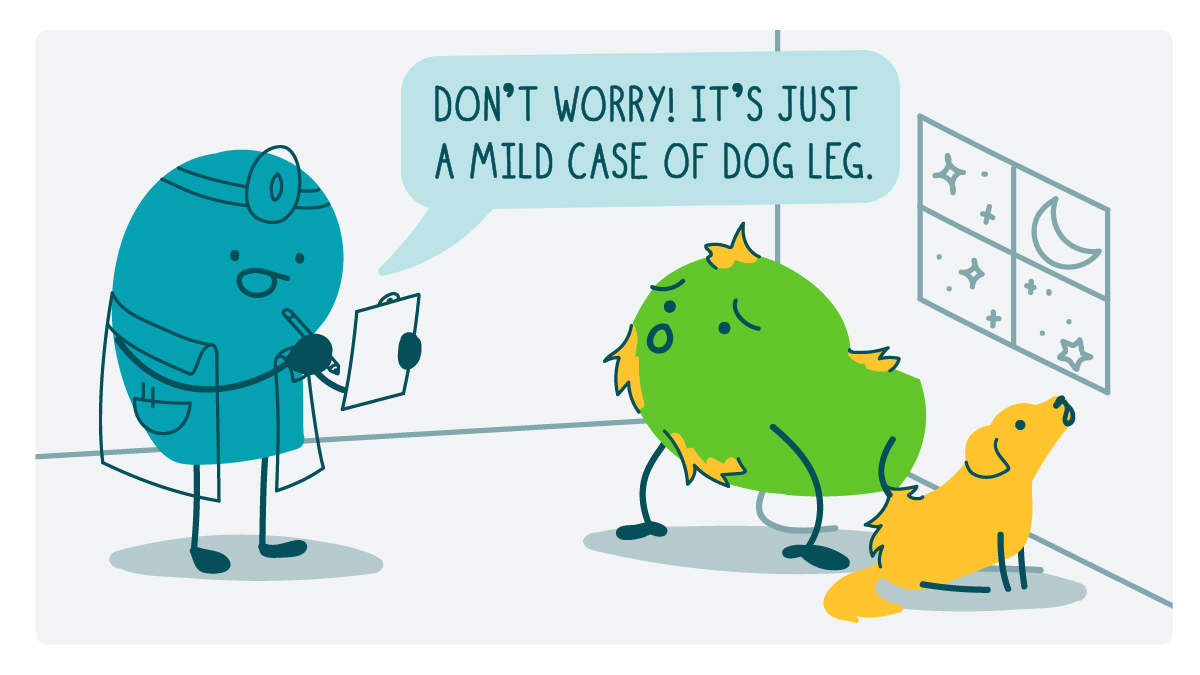
Allow us to open this week’s post, dear readers, with a more personal anecdote than is typical on this page. Last month, a friend of We ❤️ Health Literacy tested positive for COVID-19. A public health grad student, she was fully vaccinated and therefore assumed she was in for a mild illness — which is the public health party line for what to expect from breakthrough cases.
What followed was over a week of fever, congestion, cough, shortness of breath, and stomach problems — not to mention her growing anxiety as she kept feeling bad. When would she turn the corner? Would she turn the wrong corner and need oxygen? The anxiety got particularly bad overnight, when she’d wake up drenched in sweat from her oscillating yet unceasing fever.
Essentially, she was really sick and really scared, and she certainly never once used the word “mild” to describe her illness. Yet when she put her public health hat on, she understood that hers absolutely was a mild case of COVID — she didn’t require hospitalization, she didn’t develop any serious complications, and she fully recovered.
The situation got us thinking about the discrepancy between how people who are sick with COVID might feel and how we write about how they might feel in our health materials. Our conclusion? For the most part, talking about “mild” cases of COVID isn’t doing anyone any favors.
First, it’s both extremely vague and entirely subjective. To consumers, classifying a symptom or injury or illness as “mild” means pretty close to nothing — and one person could interpret it completely differently from another. Second, calling a sickness like the one outlined above “mild” could be undermining and confusing to someone who’s sick and scared — both things that we know can impact a person’s health literacy skills.
So what’s a health communicator to do? We say this one’s a 2-parter: get specific and bring the empathy. Instead of relying on people to interpret what you mean by “mild,” give details when you can — what do you really mean? And when appropriate, consider explicitly acknowledging the reality that any illness from COVID might feel anything but mild. This is one of those situations where doing our due diligence means using more words, but we think it’s 100 percent worth it!
Check out some examples below.
Instead of:
- If you get COVID-19 after you’ve been fully vaccinated, you’re more likely to have a mild illness.
- People with mild symptoms can still have long-term health effects from COVID-19.
- Even mild cases of COVID-19 can make you feel very sick.
Try:
- If you get COVID-19 after you’ve been fully vaccinated, you’re much less likely to have serious complications or need to stay in the hospital.
- People who don’t feel very sick can still have long-term health effects from COVID-19.
- Even if you don’t need medical care for your COVID-19 symptoms, you could still have a fever, headache, cough, or body aches that make you feel very sick. It’s normal to feel scared or worried — setting up a regular phone call with a friend or family member to check in can help.
The bottom line: Calling a case of COVID “mild” is vague and subjective. In consumer-facing materials, get specific — and don’t forget the empathy.
Browse recent posts